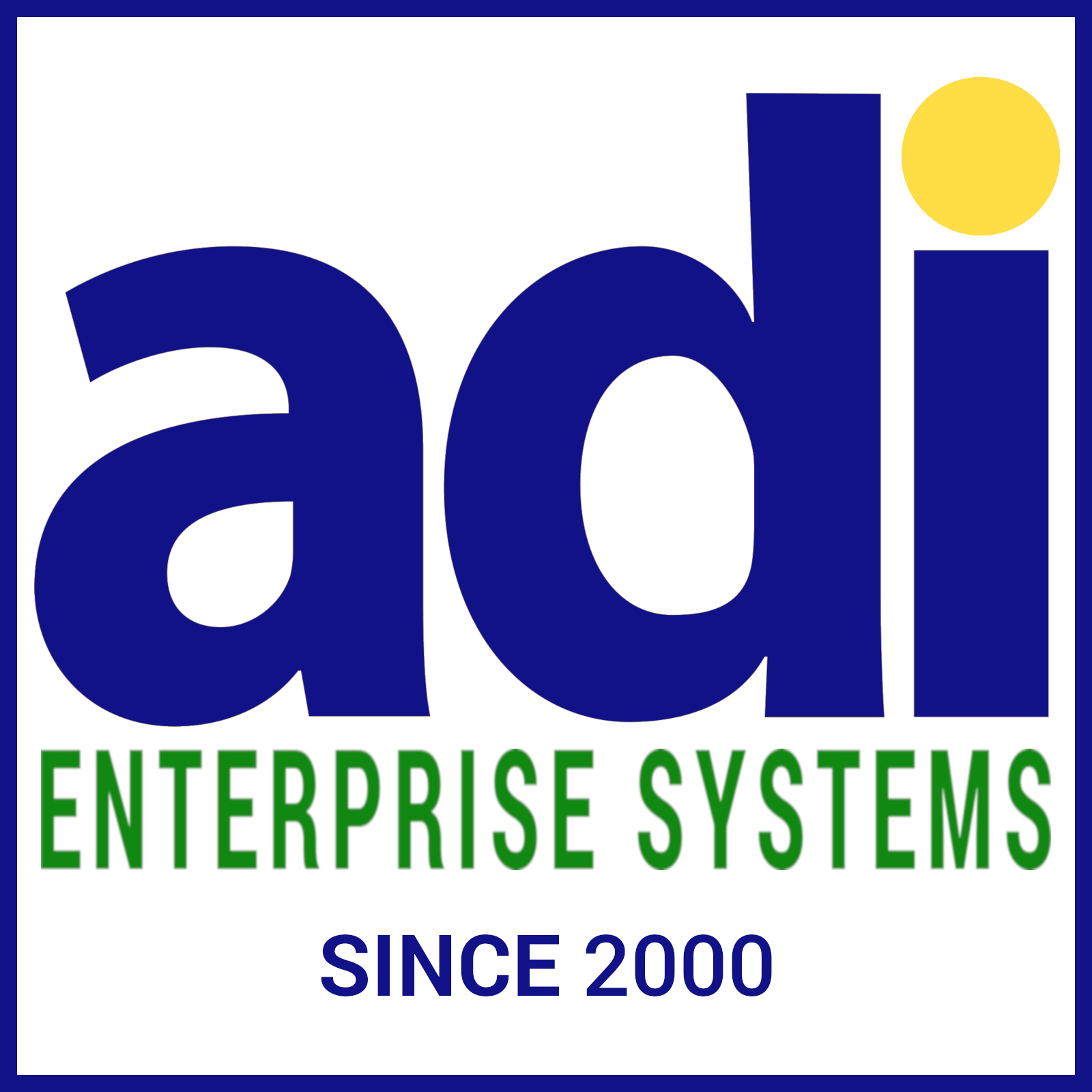Data Sharing and Replication Methods
There are multiple ways to share data between platforms and applications:
- Use an API: Each software component will "call for information" or "place information" using API calls to another part of the system.
- Use file sharing: This approach involves sharing data files between platforms, allowing each system to read and write as needed.
- Use a shared database: The most common method for data sharing, where each platform connects to a central database to query or update data.
- Use a message queue: Each platform sends messages to a shared queue, where other platforms can consume and act on the data.
ADI’s Approach to Data Sharing
ADI has determined that the most efficient approach is to use a shared database. However, we take it further by replicating data across multiple platforms, ensuring each system has a local database copy for immediate use. We designate these platforms as:
- Local Cloud
- Private Cloud
- Public Cloud
Each cloud designation is optional, but at least one—Local, Private, or Public—must be present for an active system.
Designated Platforms and Cloud Access
In this system, platforms are categorized as:
- Local Office: May have the option of using a Local Cloud.
- Remote Users: Can access the Private or Public Cloud via a web application.
Businesses can choose one or multiple cloud options based on operational needs.
Data Replication Using a Message Queue
A message queue is the most common method for replicating data across platforms. However, a key consideration is when implementing master-to-master data replication: the message queue operates in both directions.
Each node in a replicated database system must:
- Accept user-generated changes.
- Add these changes to its outgoing message queue.
Some database systems have built-in replication methods, while others require an external application to manage replication. Regardless of the method used, the replication system must support master-to-master replication to ensure all databases within the network collect and distribute data effectively.

